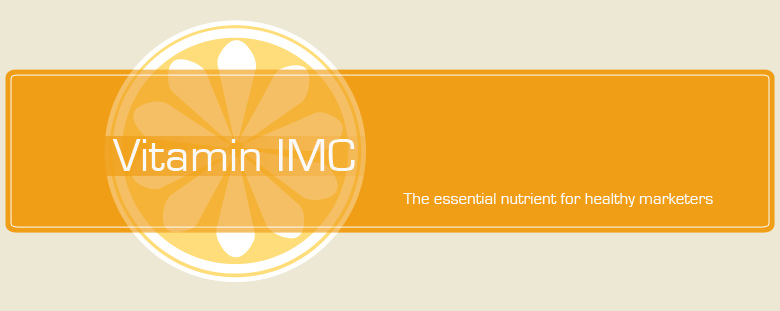Are you a marketer considering trying social media to connect with customers and stretch your marketing budget? Are you intrigued by the low entry and exit costs and the potential to become a viral sensation or social media darling? Before you take the social media plunge there are 5 costs you should be aware of:
Design Costs. From your blog to Facebook to Twitter, your social media presence should be consistent with your brand. You can save money by repurposing current assets. However, you’ll still need resources for reformatting and/or creating new artwork, uploading art, and programming and designing pages.
Paid Model. Just because something is free today doesn’t mean it will be tomorrow. In March of 2009, Twitter co-founders announced they will probably
move to a paid model and just need to figure out when. So if you’ve gained a big following on a free service, what is your plan if the service moves to a paid model? Find some room in the budget and pay up? Dump your customers? Try to migrate them to another free service? If you’re investing in a tool, be sure to consider what you’d do if it moves to a pay model.
Maintenance Costs. So you’ve got your account set up, your page is looking fabulous, and you’ve added some content. Great! Now you need to continuously engage with customers by posting content, replying to comments and questions, and monitoring chatter about your brand. The setup costs for social media are relatively low compared to other forms of advertising, but the high commitment level is unique to the medium. Do you have a budget for the hours needed to maintain your social media presence? Do you have someone in your organization with the time and skills to handle this responsibility or do you need to hire someone? Will you monitor chatter yourself, or pay for a service such as
Sysomos or
Radian6.
Costs of Doing it Wrong. Diving into social media and then abandoning it is a waste of time and money. But even worse is making a social media blunder that could
damage your brand.
Costs of Not Doing it at All. You’ve heard it once, you’ve heard it twice, but in case you forgot: Your customers are out there talking about you already. They are in control and are increasingly expecting engagement and quick responses from companies they do business with. Consider some the consequences of not engaging with customers and listening to what they are saying: missed selling opportunities, lost consumer insights, angry or disengaged customers, misinformation spread about your brand, and fleeing customers. Recently
Delta Airlines learned the hard way by not having a good strategy in place.
--Marina Molenda






















